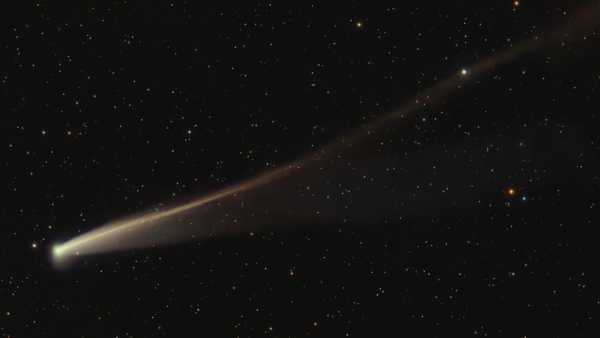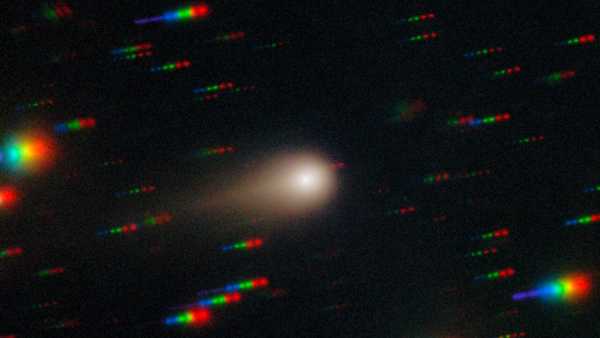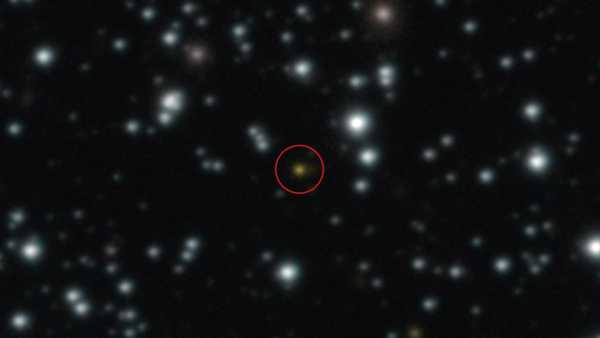
The explosion (circled in red) was accompanied by multiple gamma-ray bursts throughout the day. (Image credit: ESO/A. Levan, A. Martin-Carrillo et al.)
Astronomers are scratching their heads after discovering a strange, prolonged cosmic explosion unlike anything ever seen before.
The explosion was a series of repeating bursts of high-energy radiation known as gamma-ray bursts. These bursts, the most powerful known explosions in the universe, typically last only milliseconds to minutes, but in this case, the eruption was visible for nearly an entire day in July.
You may like
-
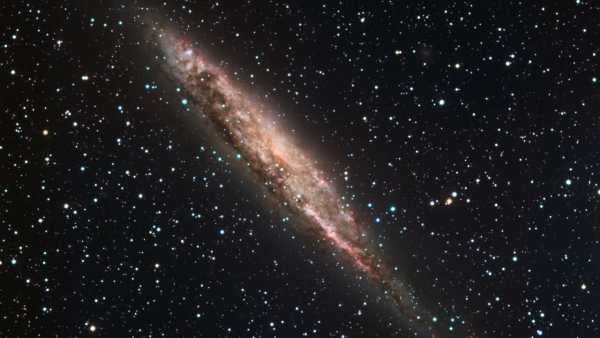
Scientists may have discovered a powerful new space object: “It doesn't fit into any known category.”
-
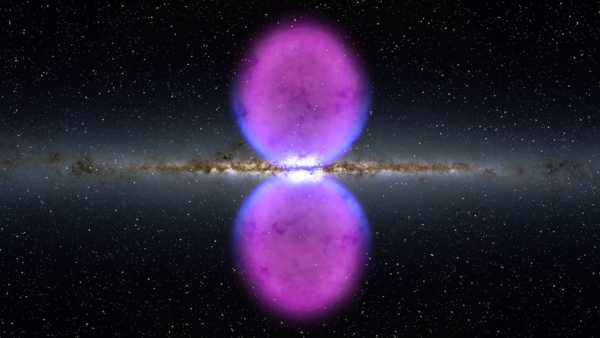
Ice cube-shaped clouds discovered at the center of a galaxy shouldn't exist – and they hint at a recent black hole explosion.
-
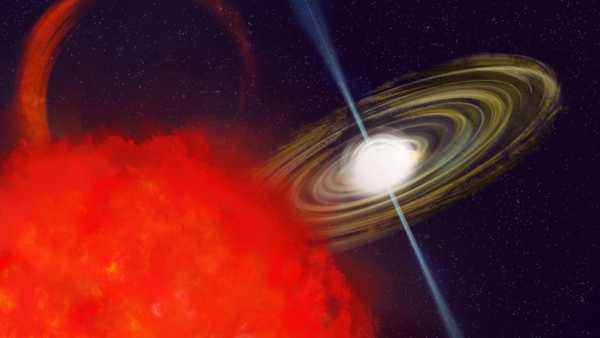
Scientists have discovered a rapidly spinning 'unicorn' object that defies physics.
“Gamma-ray bursts are catastrophic events, so they're expected to only occur once, as the source that causes them wouldn't survive the powerful explosion,” said Martin-Carrillo. “This event puzzled us not only because it demonstrated repeated, powerful activity, but also because it appeared to be periodic, something never seen before.”
NASA's Fermi Gamma-ray Space Telescope first detected the burst on July 2. Researchers then discovered that the Einstein X-ray Space Telescope, operated by the Chinese Academy of Sciences and its European partners, had detected the burst's activity on July 1, almost a day earlier.
To study the burst in more detail, a team of researchers from the European Southern Observatory (ESO) turned to the Very Large Telescope, one of the world's most advanced optical telescopes, located in the Chilean Atacama Desert. Initially thought to originate within our galaxy, observations with the Very Large Telescope suggested that the strange signal originated beyond our galaxy. This observation was later confirmed by the Hubble Space Telescope, the study states.
The study's authors considered several possible explanations for the unprecedented re-explosion.
“If a massive star—about 40 times heavier than the Sun—died, as happens in typical gamma-ray bursts, it would have to have been a special kind of death, in which some material continued to power the central engine,” Martin-Carrillo said.
Another possible explanation is that the radiation emissions occurred when a star, potentially a white dwarf, was torn apart by a black hole in a so-called tidal disruption event (TDE). But to cause the sustained explosion, it was no ordinary black hole.
You may like
-
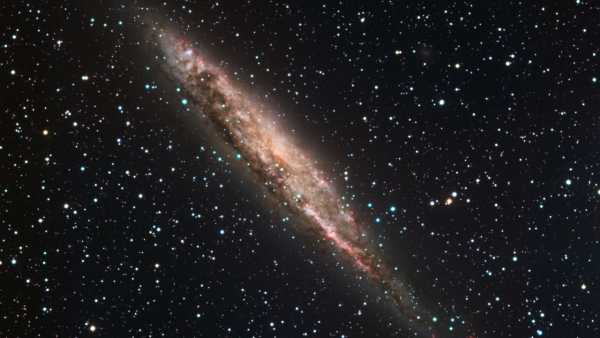
Scientists may have discovered a powerful new space object: “It doesn't fit into any known category.”
-
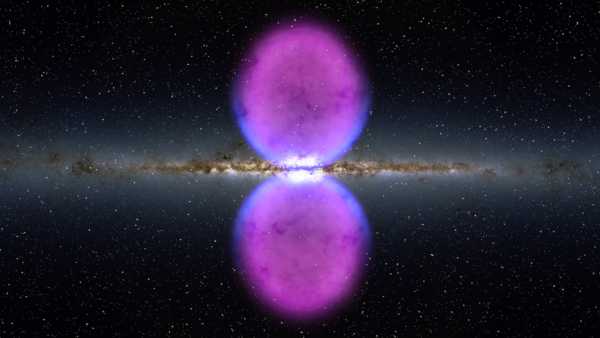
Ice cube-shaped clouds discovered at the center of a galaxy shouldn't exist – and they hint at a recent black hole explosion.
-
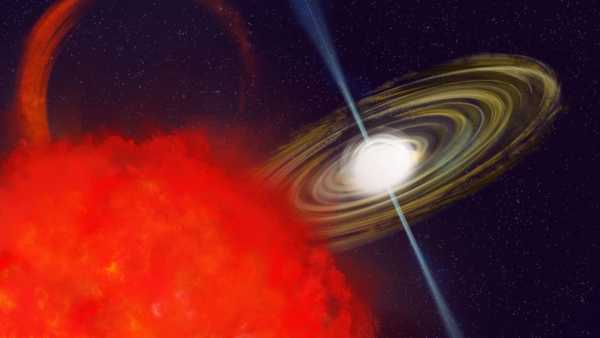
Scientists have discovered a rapidly spinning 'unicorn' object that defies physics.
“Unlike more typical TDEs, explaining the properties of this explosion would require the annihilation of an unusual star by an even more unusual black hole, perhaps the long-sought 'intermediate-mass black hole,'” said Martin-Carrillo. “Any of these possibilities would be a first, making this event highly unique.”
RELATED STORIES
— The James Webb telescope may have discovered an entirely new class of cosmic objects: a black hole-star.
— “Shocking”: Astronomers discover giant black hole growing 2.4 times faster than theoretical limit
— The brightest gamma-ray burst of all time has rocked the upper layers of the Earth's atmosphere.
Intermediate-mass black holes are larger than stellar-mass black holes (formed by the collapse of massive stars), but smaller than the supermassive black holes found at the centers of most galaxies. Astronomers expect stellar-mass black holes to eventually collide and merge, forming intermediate-mass black holes, but detecting them has proven incredibly difficult.
The team conducting the new study is monitoring the explosion's aftermath and attempting to decipher its cause. The next step will be determining the explosion's precise location, which will help researchers measure the amount of energy it generated.
“We're still not sure what exactly created this phenomenon, or whether we'll ever find out, but with this study, we've made a huge step forward in understanding this extremely unusual and fascinating object,” Martin-Carrillo said.
Black Hole Quiz: How Much Do You Know About the Supermassive Universe? TOPICS: Hubble Space Telescope Milky Way

Patrick Pester, Social Link Navigator, Popular News Writer
Patrick Pester is a popular news writer for Live Science. His work has appeared on other science websites, such as BBC Science Focus and Scientific American. Patrick transitioned to journalism after working for zoos and wildlife conservation organizations early in his career. He received a Master's Excellence Scholarship to Cardiff University, where he earned a Master's in International Journalism. He also earned a second Master's in Biodiversity, Evolution, and Conservation in Action from Middlesex University in London. When not reporting, Patrick investigates the sale of human remains.
You must verify your public display name before commenting.
Please log out and log back in. You will then be asked to enter a display name.
Exit Read more
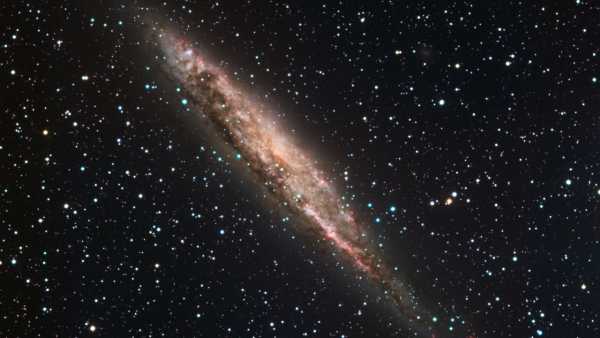
Scientists may have discovered a powerful new space object: “It doesn't fit into any known category.”
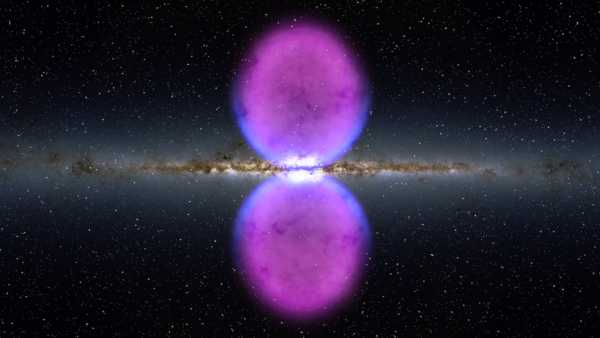
Ice cube-shaped clouds discovered at the center of a galaxy shouldn't exist – and they hint at a recent black hole explosion.
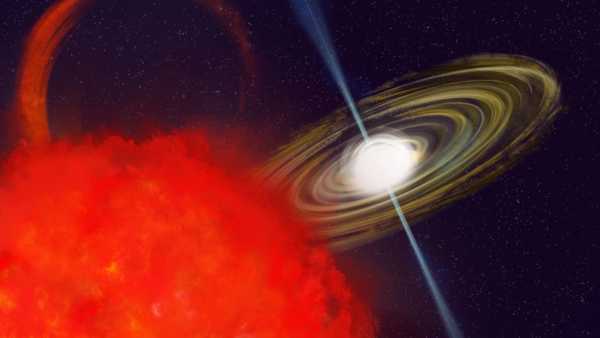
Scientists have discovered a rapidly spinning 'unicorn' object that defies physics.
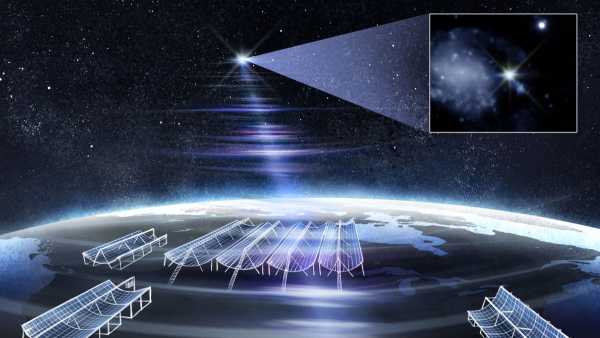
The James Webb Space Telescope has captured the brightest FRB ever recorded.
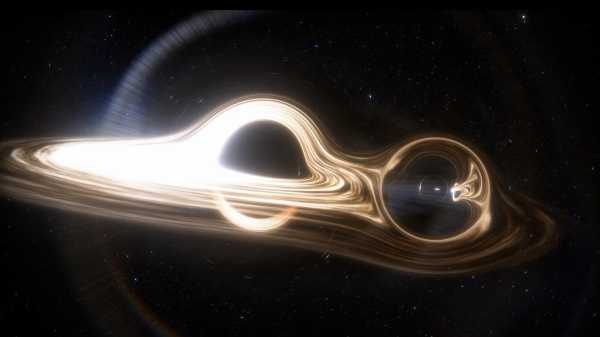
Scientists have recorded the most massive black hole merger in history—and it created a monster 225 times more massive than the Sun.
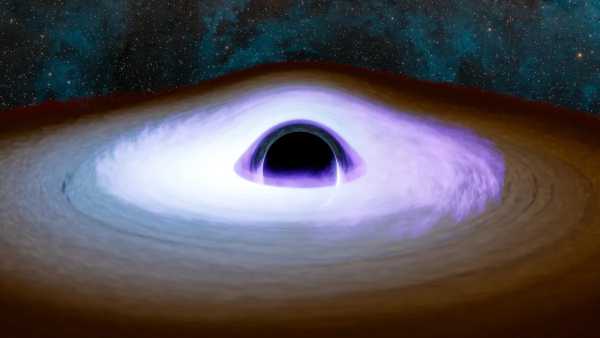
X-ray telescope finds something unexpected in the 'heartbeat of a black hole'
Latest astronomy news
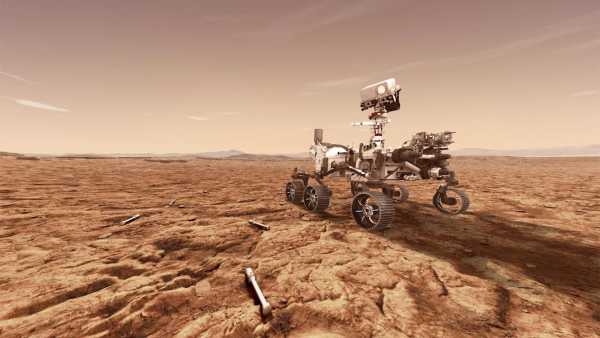
“If there's a space race, China is already winning”: NASA is unlikely to deliver Martian soil samples to Earth before China, experts say.
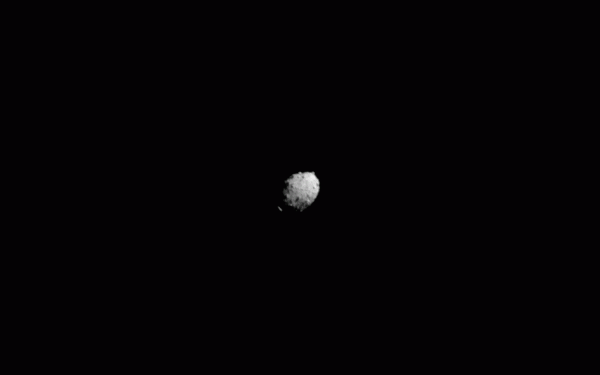
Science Story: DART, humanity's first asteroid deflection mission, hits space rock in the face – September 26, 2022
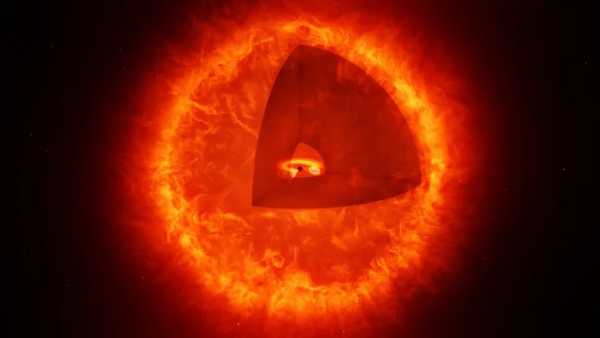
The James Webb Space Telescope may have discovered an entirely new class of cosmic object: a black hole.
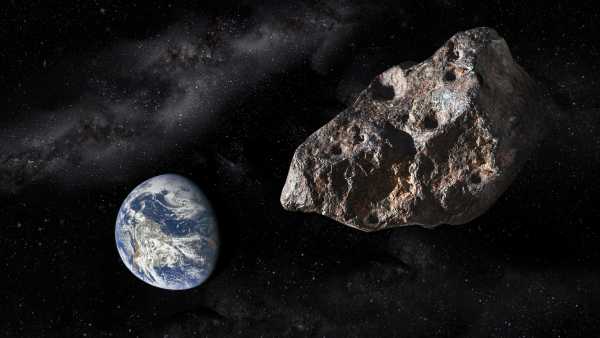
City-killer asteroid could be destroyed by nuclear explosion before it approaches the Moon
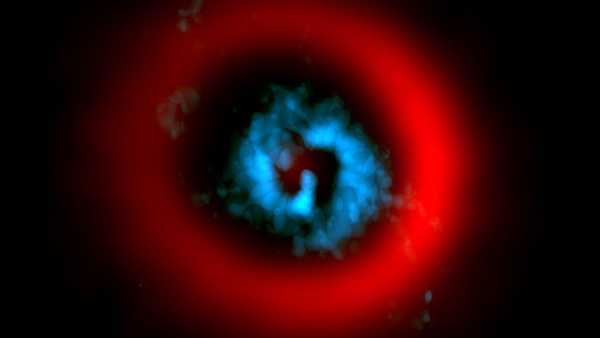
Scientists are observing the birth of a young planet in real time (photo)
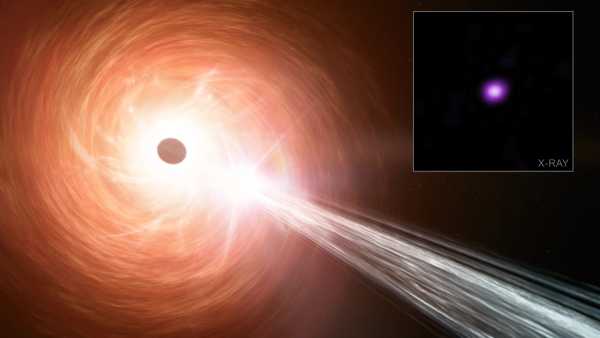
'Shocking': Black hole discovered growing 2.4 times faster than theoretical limit
Latest news
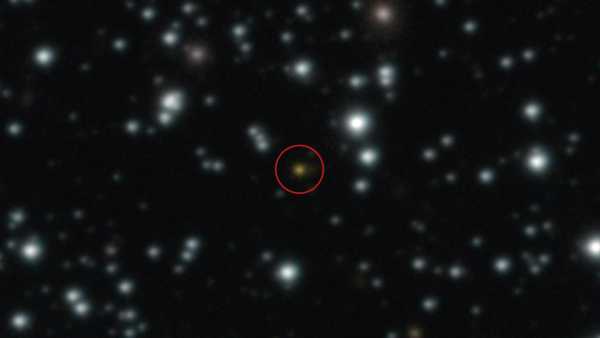
Scientists say the mysterious cosmic explosion cannot be explained.
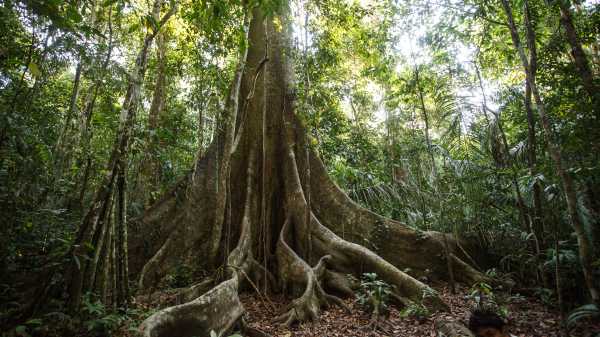
Trees in the Amazon rainforest are resisting climate change by growing thicker due to CO2 in the atmosphere.
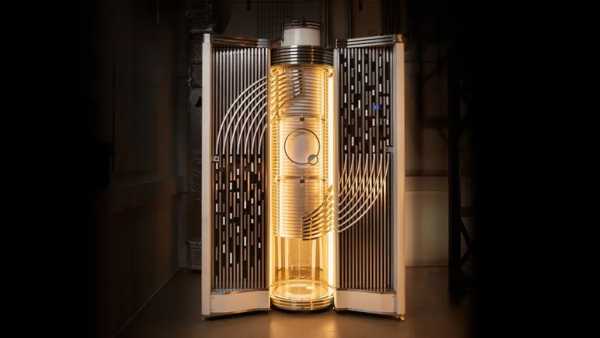
Scientists have unveiled the world's first quantum computer built on conventional silicon chips.
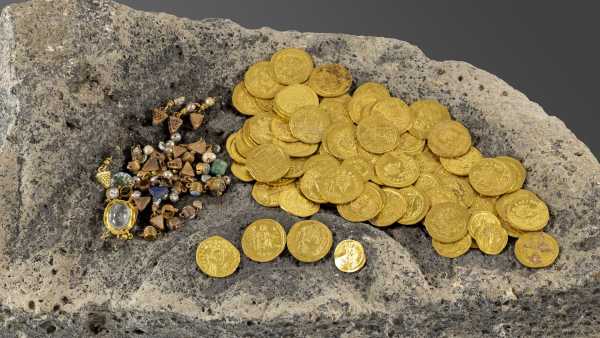
“Gold coins started appearing one after another”: 1,400-year-old hoard of money and jewelry discovered near the Sea of Galilee

Rare wampum beads discovered in 17th-century Newfoundland colony
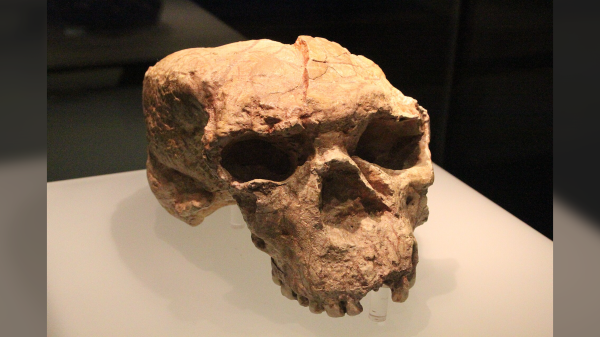
A 1-million-year-old skull from China holds clues to the origins of Neanderthals, Denisovans, and humans.
LATEST ARTICLES
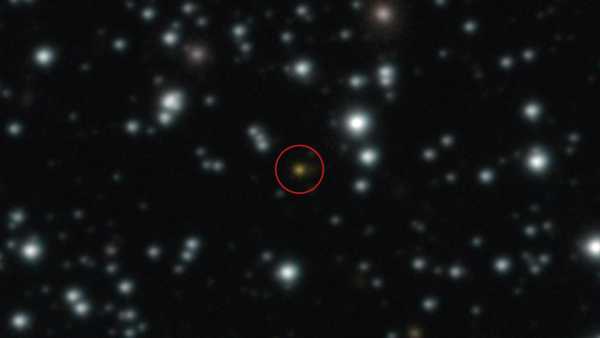
Mysterious cosmic explosion cannot be explained, say scientists
Live Science magazine is part of Future US Inc., an international media group and leading digital publisher. Visit our corporate website.
- About Us
- Contact Future experts
- Terms and Conditions
- Privacy Policy
- Cookie Policy
- Accessibility Statement
- Advertise with us
- Web notifications
- Career
- Editorial standards
- How to present history to us
© Future US, Inc. Full 7th Floor, 130 West 42nd Street, New York, NY 10036.
var dfp_config = { “site_platform”: “vanilla”, “keywords”: “type-news-trending,serversidehawk,videoarticle,van-enable-adviser-
Sourse: www.livescience.com



